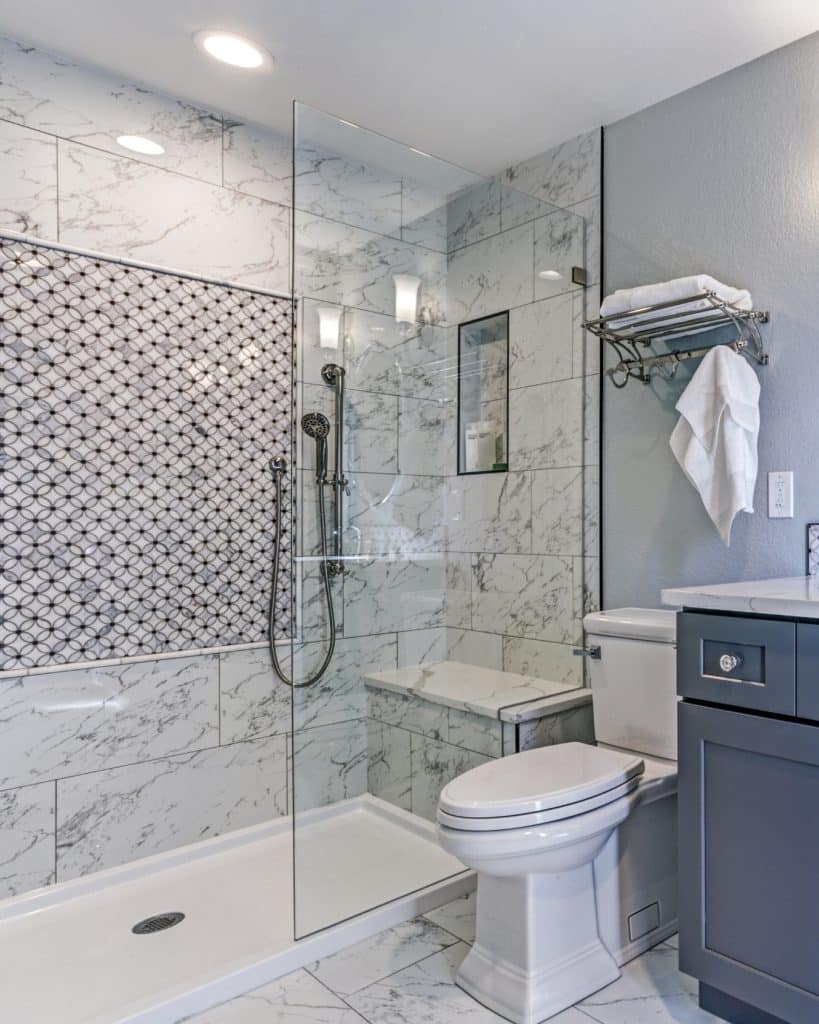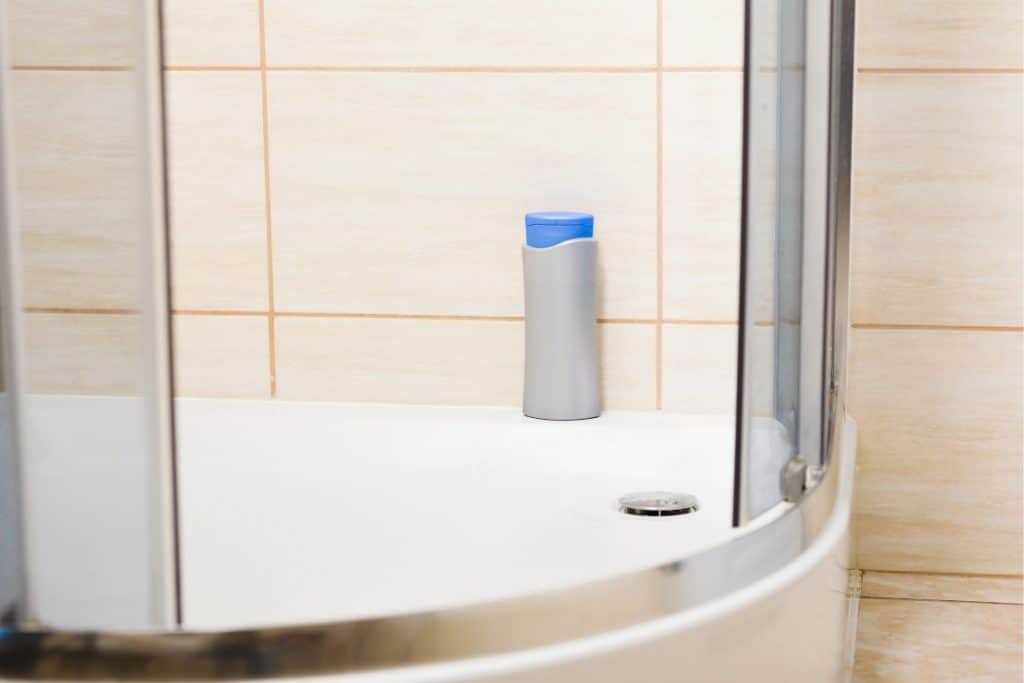Should You Tile Before Or After Fitting A Shower Tray?
If you’re renovating your bathroom or installing a new shower, one common question that comes up is:
“Should I tile before or after fitting the shower tray?”
It might seem like a small detail, but getting the order right can make the difference between a leak-free, long-lasting installation and one that causes headaches down the line.
In this article, I’ll break down both approaches, explain what professionals recommend, and share tips for creating a perfectly sealed and polished shower area.
In a hurry? Here’s my key takeaway:
🚿 Always fit your shower tray before tiling — it ensures a watertight seal, easier installation, and a professional, leak-free finish that lasts for years.
Read on to learn more…
Understanding the Role of the Shower Tray
Before deciding when to tile, it helps to understand what the shower tray actually does.
The tray forms the base of your shower enclosure, directing water toward the waste outlet while protecting your subfloor and walls from moisture damage. For it to do its job properly, it needs to sit securely, level, and completely watertight against the surrounding walls and tiles.
Because tiling affects how the tray seals to the wall, the order of installation is crucial.
You May Also Like:
Types Of Shower Trays – A Complete Guide
Option 1: Fitting the Shower Tray Before Tiling (Recommended)
Most professionals agree: Fit the shower tray before tiling. 👍
Here’s why it’s the preferred method:
✅ Advantages
1. Better Waterproof Seal
When the tray is installed first, tiles can overlap the edge slightly, creating a tight seal that prevents water from seeping behind the tray.
2. Easier Alignment
It’s easier to measure and cut tiles accurately when you can see exactly where the tray sits.
3. Professional Finish
The transition from wall tile to tray looks cleaner and more seamless when the tray is already in place.
4. Reduces Risk of Leaks
By sealing the joint between the tray and the wall before tiling, you reduce the chances of future water damage or mold growth.
Key Tips for This Method
- Always apply a bead of quality silicone sealant between the tray and wall before tiling.
- Allow the sealant to cure fully before tiling over it.
- Once tiling is done, add a second bead of silicone between the tile and tray for double protection.
This method ensures both mechanical (tile overlap) and chemical (silicone) sealing. The gold standard for watertightness. 👍

Option 2: Tiling Before Fitting the Shower Tray
Some installers tile first, particularly in commercial or modular setups. While it’s possible, it’s generally less ideal for most home bathrooms.
✅ Advantages
- Easier to replace the tray later without disturbing wall tiles.
- Faster for large projects where uniform walls are tiled first.
❌ Disadvantages
- Harder to achieve a perfect watertight seal.
- Risk of gaps if walls aren’t perfectly straight.
- May require excessive silicone, which can look messy and fail over time.
In short, while this method can work, it’s riskier for DIYers and not recommended for most domestic installations.

The Correct Installation Sequence (Step-by-Step)
Here’s the typical order used by professional bathroom fitters:
- Prepare the wall and floor surfaces (ensure everything is level and clean).
- Install and level the shower tray.
- Seal the tray edges where it meets the wall using sanitary-grade silicone.
- Tile the walls, overlapping the tray edge slightly.
- Grout the tiles, allowing them to dry fully.
- Apply a final silicone seal between the bottom tile edge and the tray.
This approach creates a belt-and-braces waterproof system that protects your bathroom from leaks and damage.
💡 Pro Tip: Use a Waterproof Tanking Kit
Before tiling, consider applying a tanking system (a waterproof membrane or liquid sealant) to the walls and floor around the shower area.
Even if water sneaks behind a tile or joint, the tanking layer will stop it from reaching the substrate, giving your shower an extra layer of protection.
Final Thoughts
So, should you tile before or after fitting the shower tray?
👉 Always fit the tray first, then tile.
Doing so ensures a cleaner finish, stronger seal, and longer-lasting protection against leaks.
It’s a small detail that makes a big difference in the overall quality and durability of your bathroom.
FAQ – Shower Tray Installation
Q1. Can I tile before installing the shower tray?
It’s possible, but not recommended. Fitting the tray first creates a stronger seal and reduces the risk of leaks.
Q2. Should tiles overlap the shower tray?
Yes. The bottom row of tiles should slightly overlap the tray edge to form a watertight joint.
Q3. How do I seal between tiles and the tray?
Use a high-quality sanitary-grade silicone sealant after tiling, and smooth it with a finishing tool for a neat edge.
Q4. Do I need to waterproof the wall before tiling?
Yes, applying a tanking kit or waterproof membrane behind tiles is highly recommended for showers and wet rooms.
DISCOVER MORE
- Bathroom Refresh vs Remodel | How To Know What Your Space Really Needs
- Smart Bathrooms | Innovative Tech That Improves Your Daily Life
- Bathroom Ventilation 101 | Prevent Mould, Manage Humidity & Protect Your Space

Michael R
Michael is a KBB designer from the UK. He's been designing and project managing new Kitchen, Bedroom and Bathroom installations for over eight years now, and before that, he was an electrician and part of a KBB fitting team. He created The Bathroom Blueprint in early 2020.







